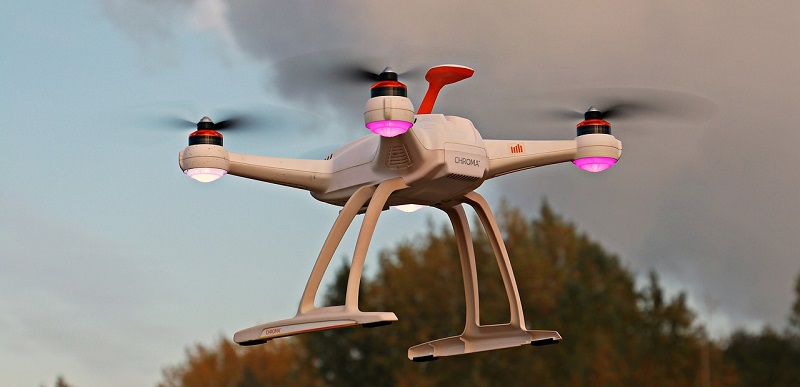The Internet of Things (IoT) has revolutionized the way we interact with technology, enabling networks to track and trace events and assets. However, when the IoT is in motion, tracking, tracing, monitoring, and network integration become significantly more complex. This article explores the unique challenges that IoT in motion presents and delves into specific examples such as in-field drones, autonomous vehicles, and truck fleets.
Challenges of IoT in Motion
IoT in motion introduces a different set of challenges compared to fixed IoT. With devices constantly on the move, tracking and tracing become more intricate. Additionally, the integration of these devices into existing networks poses complexities that need to be addressed.
In-Field Drones
In the realm of the IoT, in-field drones offer a prime example of devices in motion. While these drones provide valuable data and video footage, tracking their location and optimizing network integration can be challenging. The article delves into the specific hurdles faced when dealing with in-field drones, including challenges with tracking and tracing, as well as the complexities of network integration.
Network Implementation Choices
To effectively navigate the challenges of IoT in motion, network implementers must make critical choices. These decisions involve selecting the right technologies and methodologies to ensure seamless tracking, tracing, and monitoring of devices in motion. The importance of these choices is highlighted with concrete examples and best practices.
Autonomous Vehicles
Autonomous vehicles represent a fascinating instance of the Internet of Things (IoT) in motion. These vehicles require comprehensive 360-degree awareness of their surroundings, necessitating advanced network integration and communication capabilities. Effective network automation is crucial to achieving this goal. The article explores the importance of 360-degree awareness and network automation in the context of autonomous vehicles.
Truck Fleets
Truck fleets present yet another compelling example of IoT in motion. The focus here lies in establishing seamless network communication between the central fleet management software and the distributed IoT devices deployed in the field. Ensuring secure and functional endpoints is a top priority, and network professionals must navigate these challenges to enable efficient fleet management.
Increased Security Concerns in IoT on the Move
As the IoT is always on the move and never fully under IT’s control, security becomes a paramount concern. The article explores how the constantly changing nature of IoT devices creates new vulnerabilities and demands enhanced security measures. It highlights the importance of adopting robust security protocols to safeguard IoT in motion networks.
Navigating the challenges posed by IoT in motion requires careful consideration of tracking, integration, and security aspects. By addressing the unique hurdles presented by devices in motion, implementing effective network automation, and prioritizing security measures, we can successfully harness the potential of the IoT and create a seamlessly connected world on the move.

